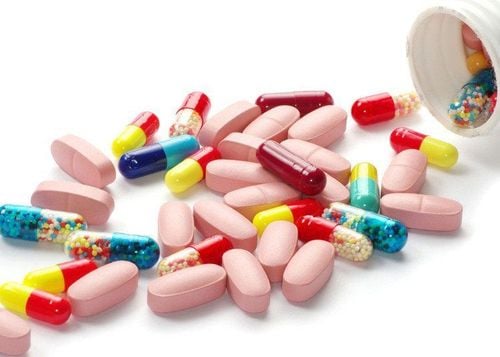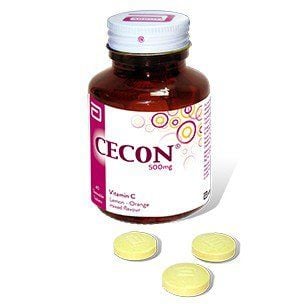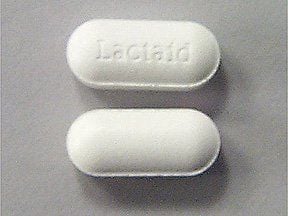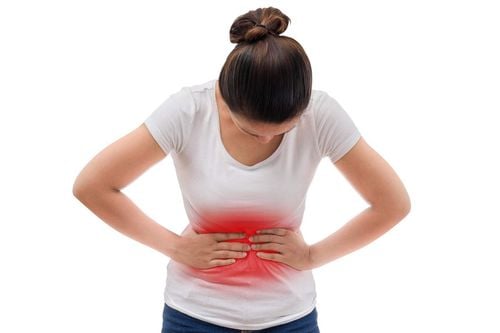This is an automatically translated article.
Post by Master, Doctor Mai Vien Phuong - Gastrointestinal Endoscopy - Department of Medical Examination & Internal Medicine - Vinmec Central Park International General Hospital.
When following a low residue diet, you need to consume no more than 10-15 grams of fiber per day. The goal of a low-residue diet is to reduce the size and frequency of bowel movements to limit painful symptoms caused by certain medical conditions.
1. What is a low residue diet?
A low-residue diet is a method of eating less demanding for the digestive tract. It is similar to a low-fiber diet, but also excludes certain foods that can stimulate bowel contractions.
Residue refers to the matter remaining in the digestive tract after the initial phase of digestion ends. These ingredients often contain a lot of fiber because the body cannot fully digest the fiber.
A low-residue diet increases the time it takes for food to move through the digestive tract. Slower digestion reduces the amount of stool the body produces. From there, increase the body's chances of absorbing nutrients, reducing the incidence of diarrhea.
2. How does the low residue diet work?
The recommended daily amount of fiber that people should ideally consume is around 25 - 38 grams. However, this may not be true for people with inflammatory bowel disease (IBD).
When following a low-residue diet, the typical advice is to consume no more than 10-15 grams of fiber per day. You should also avoid dairy products and certain carbohydrates, as they can cause stomach upset and diarrhea.
Supervision of a healthcare professional or dietitian is required if you decide to follow a low-residue diet. People who follow this diet for too long may develop vitamin C and folic acid deficiencies.
It can also change the gut microbiome. The amount and type of food, as well as how long you follow the diet should be dictated by your individual needs. This diet is not usually followed for long.
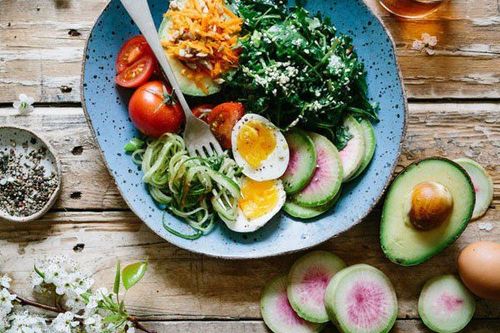
3. Foods to eat on a low-residue diet
These are general guidelines for a low residue diet. They can be changed based on how your body responds to the diet and what your doctor recommends.
Foods to eat on a low-residue diet:
Refined carbohydrates include white bread, white rice, pasta and refined grains Clear juices, broths and soups Raw lettuce, cucumbers, onions and zucchini Well cooked or canned vegetables, without the skins or seeds, including yellow squash, spinach, pumpkin, eggplant, green beans, asparagus, beets, carrots and potatoes Some fresh fruit, including ripe apricots, bananas, cantaloupe, honeydew melon, watermelon, nectarines, papayas, peaches and plums Butter, vegetable oil and margarine Finely ground, well-cooked meat Fish, eggs and poultry Up to 2 cups per day of smooth dairy products, such as yogurt, cottage cheese, and ricotta cheese
4. Foods to Avoid in a Low Residue Diet
Legumes, nuts and seeds Most raw fruits and vegetables Popcorn Unprocessed coconut Most whole grains, including bread or pasta Figs, prunes and berries Dried fruit Cold cuts Spicy foods and sauces Caffeine Prune or fruit juices with residue Chocolate Low residue foods should be cooked thoroughly. Avoid cooking methods such as roasting or frying, which can make food tough or dry.
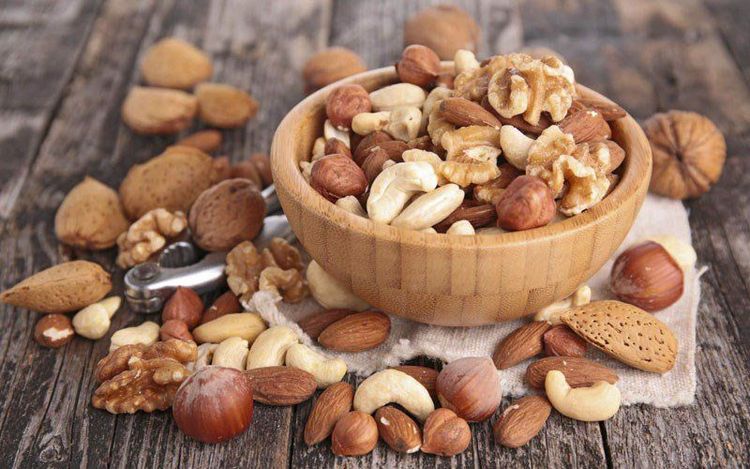
5. When to start a low residue diet?
Your doctor may recommend that you follow a temporary low-residue diet (LRD) if:
Are recovering from recent bowel surgery (eg, ileostomy, colectomy); Prepare for a colonoscopy or experience symptoms of abdominal pain, cramps, diarrhea, Crohn's disease, diverticulosis. A low-residue diet is a method of limiting fiber to less than 10-15g per day and limiting other foods that can stimulate bowel movements. The goal of a temporary low-residue diet is to reduce the size and frequency of bowel movements to limit painful symptoms.
In general, you should try to eat a well-balanced diet, unless your doctor tells you to, because a low-residue diet may not provide enough vitamin C, folic acid, calcium, antioxidants or nutrients for gut bacteria. All of these nutrients are essential for good health.
Please dial HOTLINE for more information or register for an appointment HERE. Download MyVinmec app to make appointments faster and to manage your bookings easily.
References:Definition & facts of ulcerative colitis. (2020). niddk.nih.gov/health-information/digestive-diseases/ulcerative-colitis/definition-facts Eating, diet, & nutrition for ulcerative colitis. (2020). niddk.nih.gov/health-information/digestive-diseases/ulcerative-colitis/eating-diet-nutrition Haskey N, et al. (2017). An examination of diet for the maintenance of remission in inflammatory bowel disease. ncbi.nlm.nih.gov/pmc/articles/PMC5372922/ Larson H. (2019). Easy ways to boost fiber in your daily diet. eatright.org/food/vitamins-and-supplements/types-of-vitamins-and-nutrients/easy-ways-to-boost-fiber-in-your-daily-diet Low residue diet. (two thousand and thirteen). badgut.org/information-center/health-nutrition/low-residue-diet






